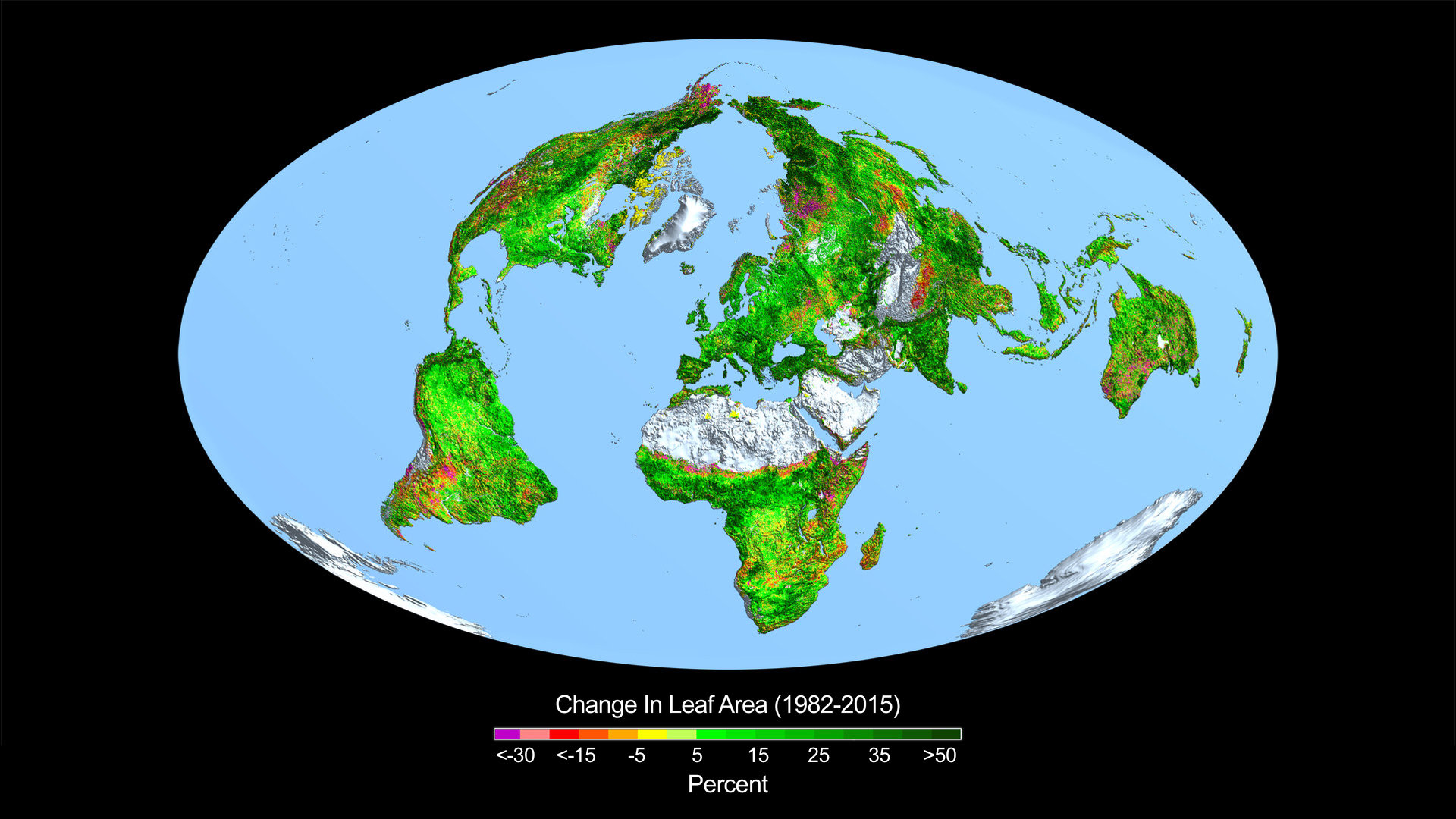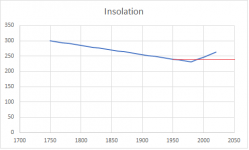The Global Warming Potential (GWP) Has been described in all five IPCC Assessment reports here's the verbiage from the first
IPCC FAR
Chapter 2 Page 58; 2.2.7
A Global Warming Potential Concept for Trace Gases
The Global Warming Potential (GWP) of the emissions of a greenhouse gas, as employed in this report,
is the time integrated commitment to climate forcing from the instantaneous release of 1 kg of a trace
gas expressed relative to that from 1 kg of carbon dioxide
Here it is in the most recent assessment report:
IPCC AR5
Chapter 8 Page 710; 8.7.1.2
The Global Warming Potential Concept
The Global Warming Potential (GWP) is defined as the time-integrated RF due to a pulse
emission of a given component, relative to a pulse emission of an equal mass of CO2
The AR5 Chapter 8 Page 714 Table 8.7 Lists the GWP for methane (CH4) as 86 with feedback from CO2 included.
The definitions of the GWP numbers has gotten longer with each successive report,
but the basic concept is the same. The radiative forcing (RF) of Methane is compared
to the RF of an equal mass of CO2. Articles in the media have always translated that
into the phrase "so many times more powerful than CO2." Currently that number is
86 times more powerful but you see different numbers depending on what the reporters
read and who they quote i.e., different IPCC reports & time horizons, but it's always the
same concept.
Regarding the amount of methane in the atmosphere by 2100, NOAA's
Global Monitoring Laboratory page on methane has a nice table
"Annual Increase in Globally-Averaged Atmospheric Methane" listing the
annual increases since 1984. It's an easy calculation to come up with an
average increase 6.73 ppb and extrapolate that out to 532 ppb by 2100.
The rest of the story as you indelicately put it, you have to pull out by yourself.
You have to figure out what an equal mass of CO2 by 2100 is compared to the
532 ppb (0.532 ppm) of methane. Your 11th grade chemistry says the gram
formula weight of methane (CH4) is 16 and CO2 is 44. So it follows that
(16/44) x 0.532 ppm = 0.19 ppm CO2 by 2100. So how much will global
temperatures rise if CO2 increases by 0.19 ppm? I put it in the earlier post as,
"If CO2 increases from 400.00 ppm to 400.18 ppm." And that of course is zilch.
Dr. Richard Feynman said, "
The first principle is that you must not fool yourself,
and you are the easiest person to fool." I worry about that, because I don't find
the above reasoning spelled out anywhere. So, is it wrong? For years, I've been
seeing stories in the press about methane being so many times more powerful
than CO2 but it always stops there without an explanation of why, or how much
that translates into global temperature.
So if you have a better explanation of the IPCC's GWP numbers that tell you how
much methane is going to run up temperatures in the future, and it's way more
than the 0.04°C by 2100 that I've come up with then by all means put up a link.


